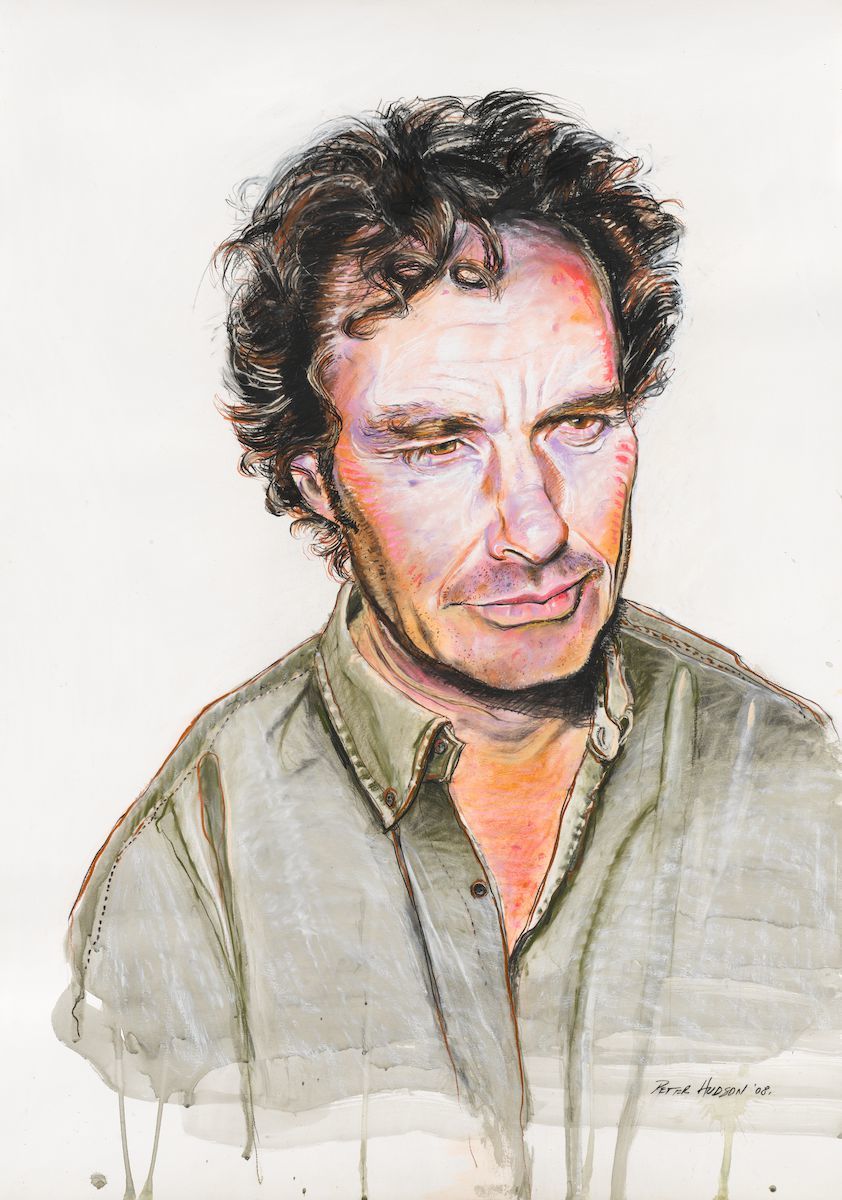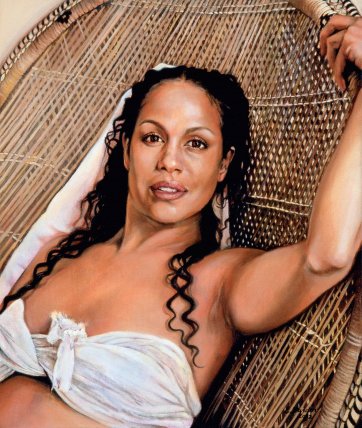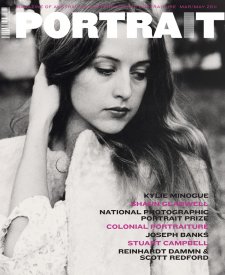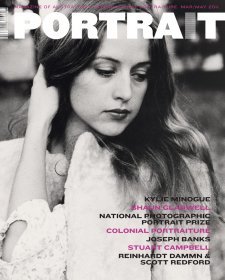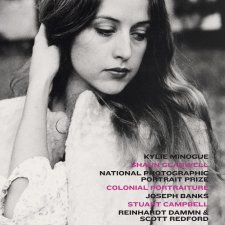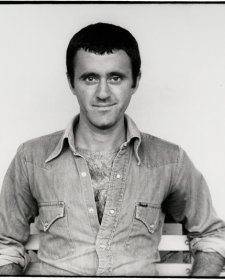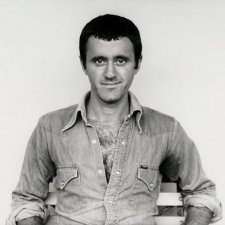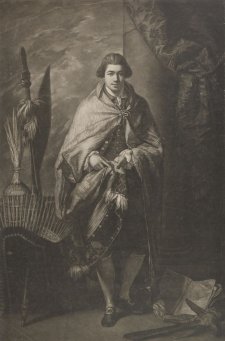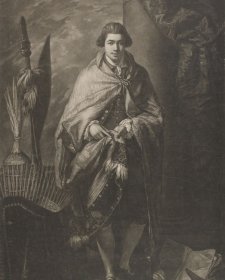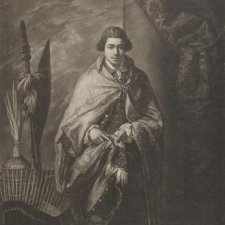There have surely been few occasions when the bonhomie was as palpable as when Chritine Anu sang ‘My Island Home’ to the open hearted crowds at the closing ceremony of the 2000 Sydney Olympics, and who could have ever thought it came from anyone else but her? The song, now effectively an unofficial national anthem, seemed tailor-made for Anu.
Anu truly made ‘My Island Home’ hers, but it had been penned a decade earlier by Neil Murray (born in 1956 in Ararat Victoria) a whitefella musician and songwriter long associated with contemporary Indigenous music. Murray was a founding member of the Warumpi Band, a rock and roll outfit from Pupunya in the Northern Territory. Murray had moved north to work as school teacher and labourer before forming the band with co- founder George Bururrwanga and brothers Gordon and Sammy Butcher in 1980. The band attracted national attention in 1983 when they released ‘Jailanguru Pakarnu’ (Out of Jail) written by Murray and Sammy Butcher. It was the first rock song recorded in an Aboriginal language.
Gigs in Sydney and Melbourne followed, with interviews and TV appearances. Bururrwanga and Murray formed the core of the band, other members changed depending on the venue and other commitments. Slowly the band built up a following, their funky licks and driving rhythms earning them regular spots in the pub rock circuit. ‘Big name, No Blanket’ the wry title of their debut album gave a fair indication of their status in the music industry. The 1985 album included the classic, ‘Blackfella Whitefella’ a plea for harmony and unity and one of Murray’s most enduring lyrics: ‘Blackfella, Whitefella, Doesn't matter what your colour, So long as you're a true fella.’
Other albums followed, including ‘Go Bush!’ in 1988 with George Bururrwanga singing ‘My Island Home’. Murray wrote the song for Bururrwanga after going with Bururrwanga to his home, Elcho Island, for a fishing holiday. The song was not a hit until it was taken up by Anu ten years later when it was then understood to refer to the island of Australia. Murray went solo from 1990, eventually generating ten albums which include such songs as the conscience driven hymn to responsibility ‘Native Born’ and the rollicking ‘Long Grass Band’ where Murray’s humour defines and defies the pain of homelessness and poverty. Murray’s skill as a songwriter was acknowledged in 1995, when he was awarded the APRA song of the year. Like his music, Murray’s novel, ‘Sing for me Countryman’ (2003) and book of poetry ‘One Man Tribe’ (1999) use words simply and directly to maintain his feeling for place, his empathy with indigenous Australia and his sensitivity to the idea of a heartland of conscience.
Queensland artist Peter Hudson shares a fascination with the unique Australian landscape, Indigenous issues and with music. Born in Townsville in 1950, Hudson trained at the Queensland College of Art in Brisbane. He worked as a jeweller and illustrator for many years before moving to the small town of Maleny in 1989 and devoting himself full time to painting. Hudson paints the convoluted landscapes around him but since 1998 he has also visited Indigenous communities in the Northern Territory and says that ‘involvement and research with the Gurindji has ... steered me towards portraiture’. Murray’s love of music is also reflected in his portraits of musicians. In 2007 he entered a portrait of Paul Kelly in the Archibald Prize and he has made portraits of Shane Howard and Archie Roach as well as this pastel and watercolour portrait of Neil Murray. The portrait of Neil Murray was used on the cover of ‘Native Born: The Songs of Neil Murray’ in 2005. Hudson’s portrait of Neil Murray has the verve of drawing, the colour of painting and the grit of its subject.
